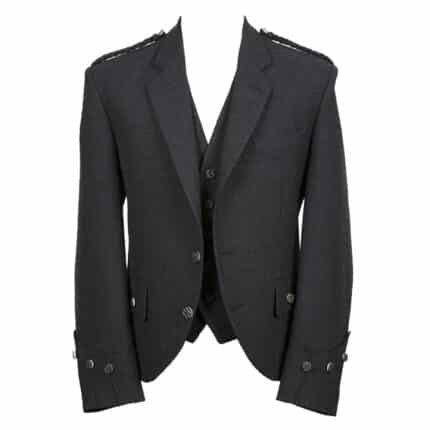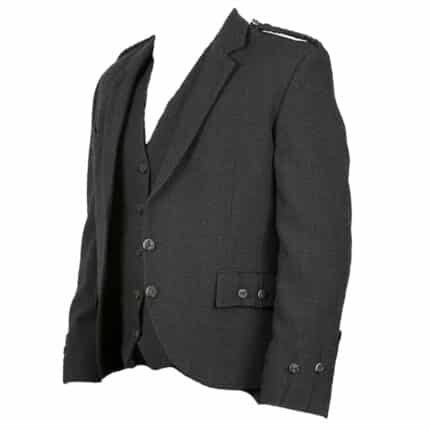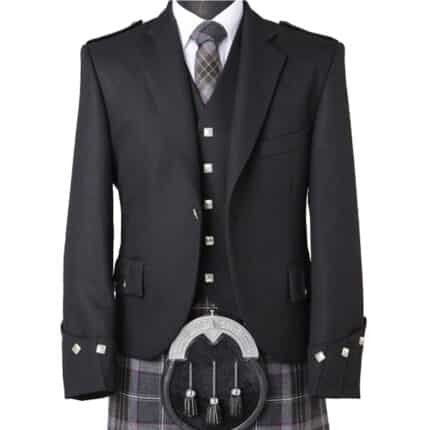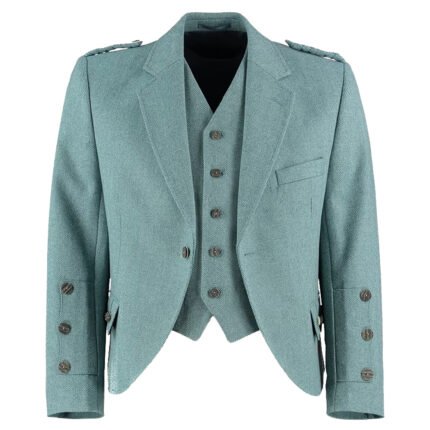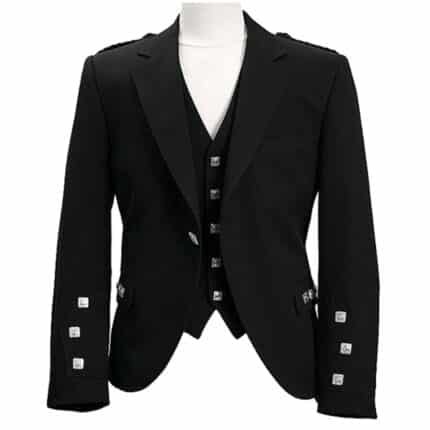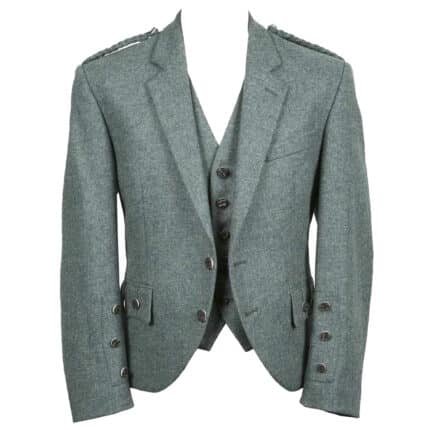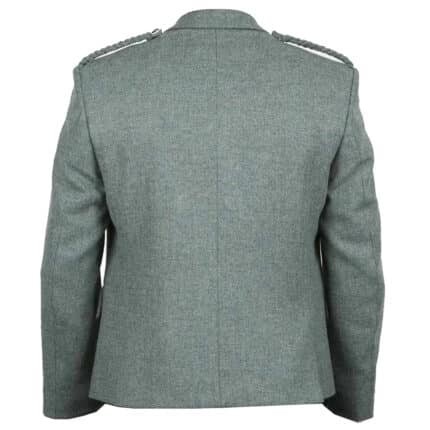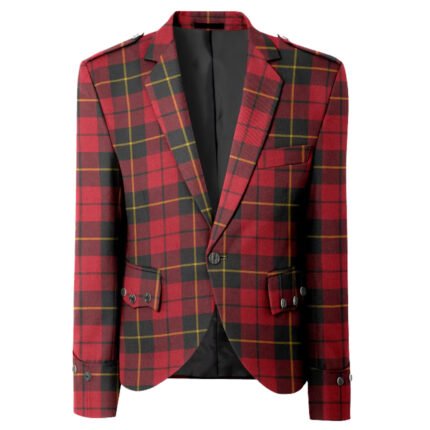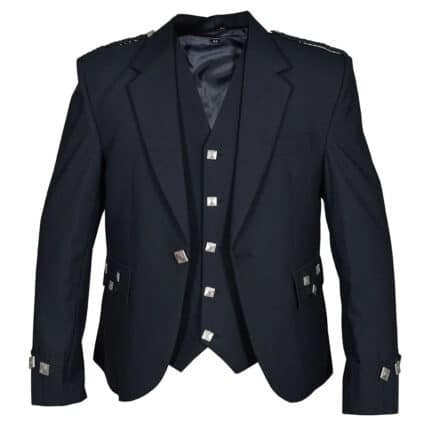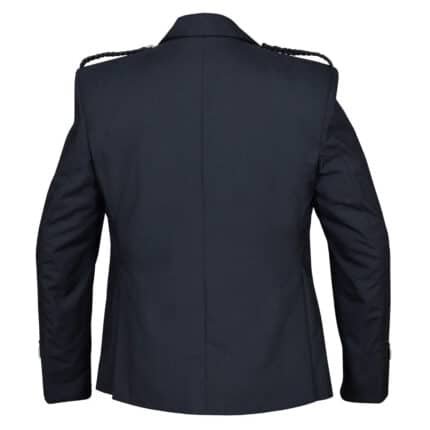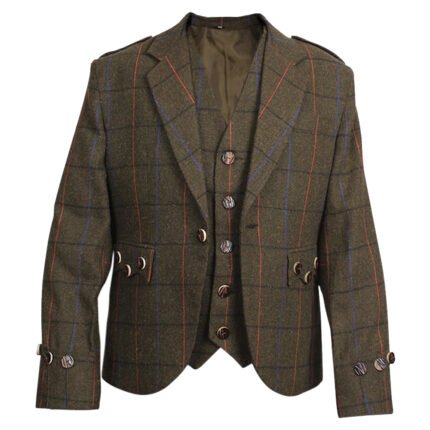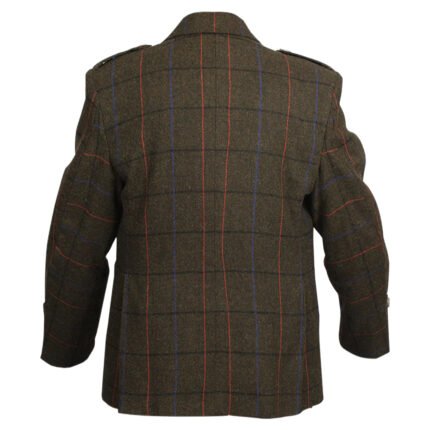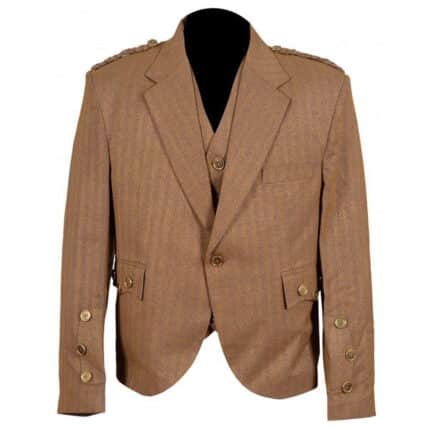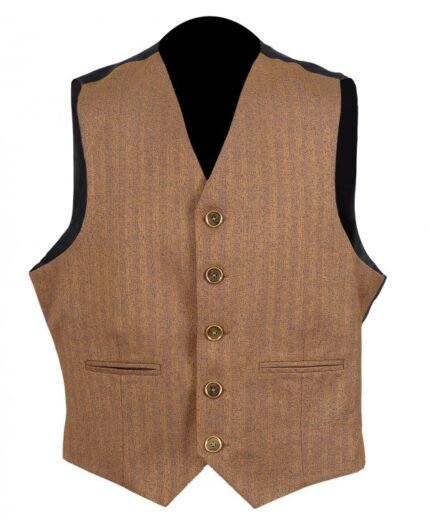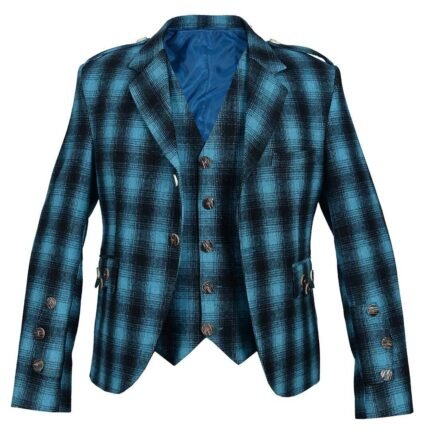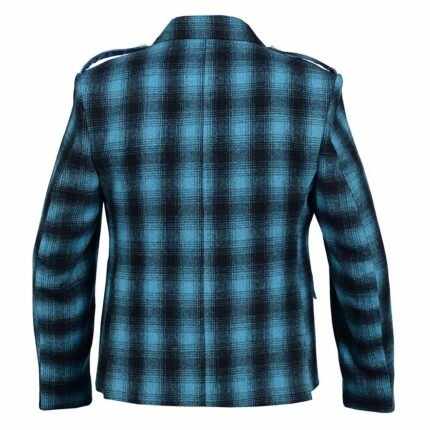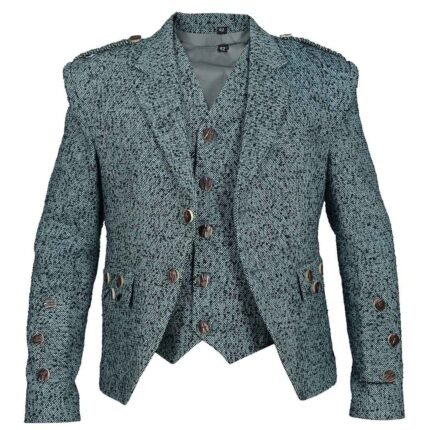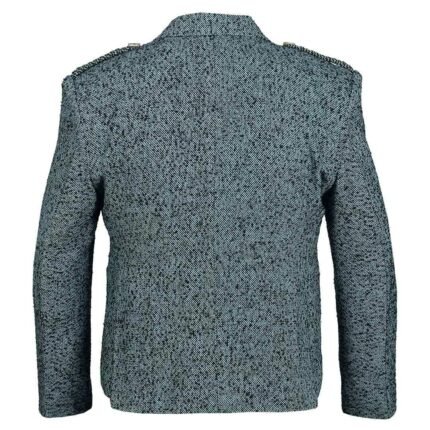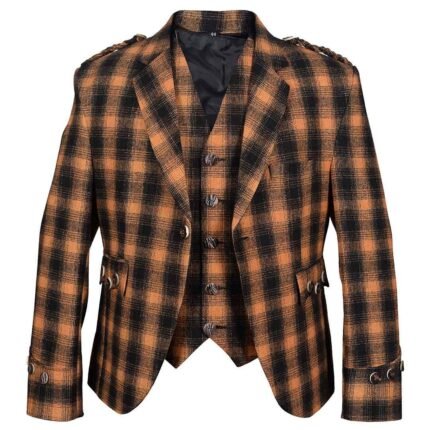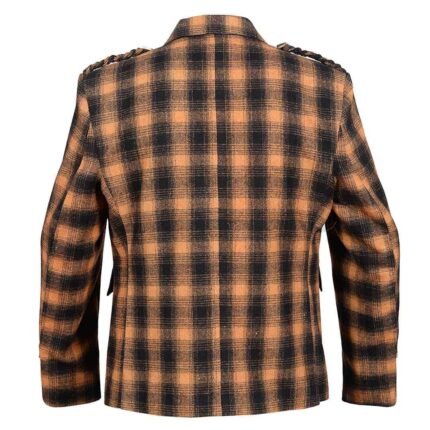ARGYLE JACKETS
Kilt Argyle Jackets
Kilt Argyle jackets are a distinctive type of knitted or woven outerwear that feature a diamond-shaped pattern, known as the argyle pattern. These jackets are characterized by their unique design, typically consisting of overlapping diamond shapes in a repeating pattern. The argyle pattern is often created using contrasting colors, which adds to the visual appeal of the jackets. You can also explore our prince charlie kilt jacket
Historical Significance
The history of argile jacket is deeply rooted in Scottish tradition. The term “argyle” itself is derived from the name of the Argyll region in Scotland, where this pattern is believed to have originated. The argyle pattern was historically associated with tartan and kilts, and it became an emblem of Scottish clans. The earliest documented use of the argyle pattern can be traced back to the 17th century.
Popularity and Versatility
Over time, argyll jackets have transcended their Scottish origins to become a popular fashion choice worldwide. They are celebrated for their versatility and have been embraced in various styles and for different occasions. Whether worn casually or in more formal settings, they are appreciated for their ability to add a touch of sophistication and a classic, timeless look to any outfit. The popularity of argyle jacket endures, making them a staple in the world of fashion. In this discussion, we will explore the various aspects, including their history, characteristics, styles, and cultural significance.
Characteristics of Argyle Jacket
Pattern Design
The defining feature of men’s kilt jacket is their distinctive pattern. The argyle pattern is a diamond-shaped design composed of overlapping, intercrossing diagonal lines. Within these diamonds, you often find smaller diamonds or lozenges. This pattern creates a visually striking and geometrically appealing look on the fabric. The argyle pattern originated in Scotland and was inspired by the tartan patterns commonly associated with Scottish clans. The diamonds in argyle patterns are typically filled with a combination of lines, checks, and small motifs, giving them a textured and intricate appearance.
Argyle patterns are not limited to a single design; variations exist, ranging from classic and traditional to more modern and bold interpretations. While traditional argyle patterns tend to have muted and earthy colors, contemporary designs experiment with vibrant and unconventional color combinations. The pattern’s versatility allows it to be used in various fashion items, not just jackets, making it a timeless and adaptable choice in the world of clothing.
Materials and Fabrics
Men’s kilt jacket, like other clothing items, are made from a range of materials and fabrics to suit different seasons and occasions. Traditionally, argyle jackets were crafted from pure wool, especially in Scotland, where they originated. Wool is a fantastic choice due to its warmth, breathability, and moisture-wicking properties, making it ideal for cooler weather.
In more contemporary fashion, argyle jackets are often made from a blend of materials. You can find jackets that incorporate wool, cotton, or synthetic fibers, creating options for varying weights and textures. The choice of material can affect the comfort, durability, and care requirements of the jacket, so it’s essential to consider the intended use when selecting the fabric.
Color Variations
One of the appealing aspects is the vast array of color variations available. Traditional argyle patterns are typically associated with a palette of earthy and subdued colors, such as browns, greens, as well as blues. These classic color choices give argyle jackets a timeless and sophisticated appearance, making them suitable for formal occasions.
However, in contemporary fashion, argyle patterns have evolved to encompass a broad spectrum of colors. You can find argyle jackets in vibrant shades of red, pink, yellow, and more. This adaptability in color allows for a broader range of styling options, making it suitable for both formal as well as casual settings. The choice of color can also reflect personal style and fashion preferences, making it a versatile addition to one’s wardrobe.


